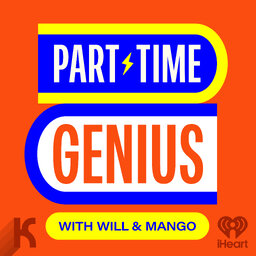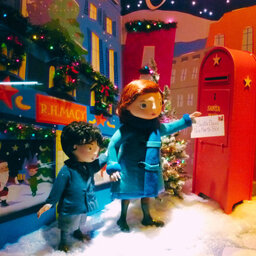What are the World's Oldest Board Games?
Turns out, the history of Board Games isn't as simple as just passing Go and collecting $200. From the surprising way Abraham Lincoln's beard changed Milton Bradley's career, to the socialist board game that took off on Ivy League campuses, to the ancient Sumerian board game you can still play, this episode Will and Mango go wild game hunting and come back with plenty of stories to tell.
 Part-Time Genius
Part-Time Genius


